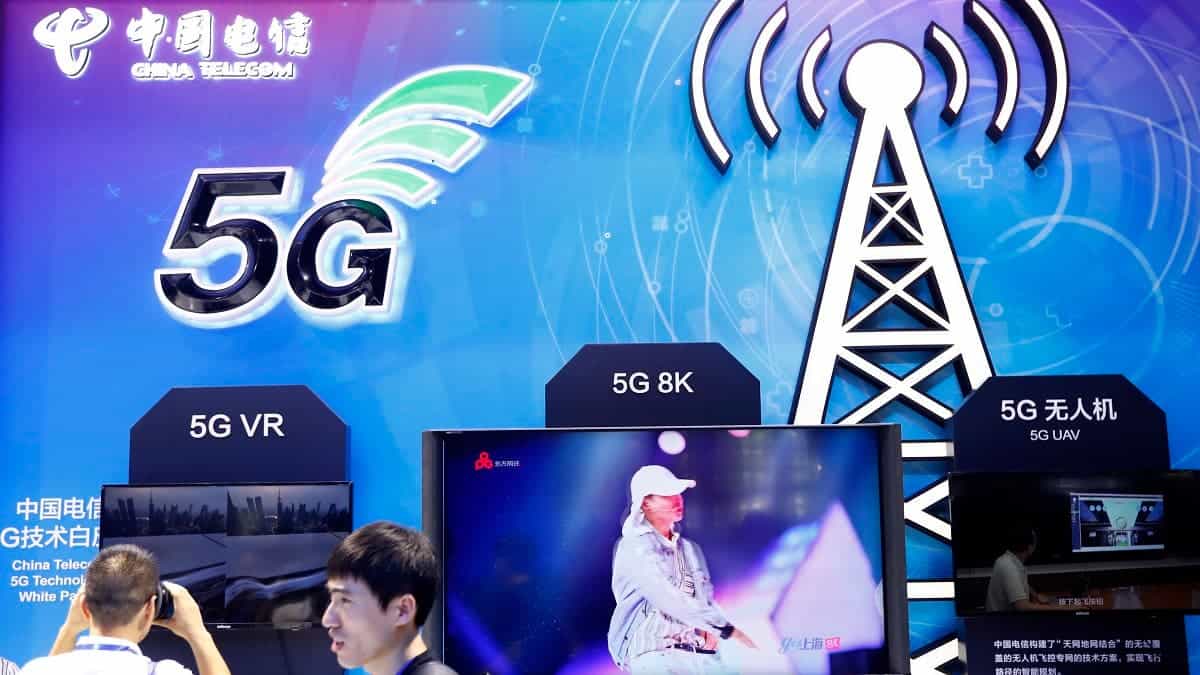Despite its quick deployment, 5G appears to be disappointing. In this article, we will evaluate this new era of mobile networks. In several counties, 5G deployment started in 2019. Even with a record amount of adoption three years later, there are still many people who are disappointed with this new technology. What can we anticipate from the brand-new mobile network? Let’s discuss this.
What is 5G?

The fifth generation of mobile communications, also known as 5G or 5G NR (New Radio), succeeds 4G LTE and comes after 3G and 2G. The top 5G promises include a speed multiplied by 10, as well as a significantly decreased latency, divided by 10.
The ability to manage the steadily growing number of connected devices should be the main benefit of 5G. Computers, autonomous or connected cars, and a vast ecosystem of connected objects are being discussed. This is especially true in the professional world. We are no longer just talking about smartphones. The idea is that more and more autonomous machines will be connected to the mobile network, such as connected homes, smart cities, and security systems. Despite being available in some countries prior to 2020, 5G has only just begun to spread globally, although adoption will undoubtedly take some time.
How does 5G work?
Although 5G uses the same technologies as 4G LTE, there are some significant differences. In the first place, 5G is a technological advancement over 4G LTE and can make use of the same frequency bands. With the help of this update, a 5G smartphone can now experience higher throughput than a 4G smartphone using the same antenna and frequency.
Additionally, two new frequency bands are in use by 5G. The 5G Sub-6 frequency bands are part of the first one. The second group, the millimeter wave group, offers a substantial reduction in range at the expense of throughput.
The use of massive MIMO, the transition from an EPS network core to 5G, the use of SDN (software-defined networking) to manage software functions like Network Slicing, which enables the network to be divided according to real-time needs, and radio transmission techniques are additional new technologies that 5G offers (Generalization of 256 QAM modulation and OFDM coding for the downlink and uplink connection).
5G deployment
Similar to earlier generations, 5G is being introduced very gradually. The deployment of 5G has already begun in a number of nations, including the United States, South Korea, China, and the United Kingdom, and some have even begun testing with millimeter wave networks.
5G is unimpressive

Gizchina News of the week
According to a UK study by Uswitch, 5G is underwhelming. Only half of the users say they have noticed faster speeds or improved connection stability. Since upgrading to the fifth generation of cellular networks. And one in six users think the technology falls short of its claims.
However, 5G has experienced the quickest deployment and adoption of any mobile network generation to date. By the end of 2021, 25% of the population was covered, which is six months less than for 4G.
Improving 5G coverage
The network is still not evenly distributed even though many people have smartphones and compatible plans. Additionally, the fact that most of the towers are located in urban areas widens the gap between the rural and urban worlds. In the United Kingdom, only 17% of rural residents—three times fewer than the urban population—say they have been able to connect to a 5G signal.
What’s the purpose?
While 5G offers faster speeds and better stability, many users are content to watch videos, browse the web, and use social media instead of taking advantage of it.
New applications like virtual reality and cloud gaming are promised by 5G. Cloud game providers encourage playing “in the clouds” only from a fixed connection. Because the coverage is insufficient to allow use while moving without experiencing cuts.
Regarding virtual reality, while some businesses, like Meta, have shifted their focus to the Metaverse. Many reports assert that this industry will cease to exist by 2025. The general public is uninterested in Web 3.0 and virtual reality.
Despite the fact that several major companies have entered this market (Meta, Microsoft, etc.), it remains bleak. Real “killer apps” that compel you to submerge your body and soul in this virtual world are still lacking. Beginning with Apple, we know that others will soon follow, which might give 5G new life.
The general public does not currently have no interest in using 5G on a daily basis. However, by promising new applications made possible by the low latency. It promises to be innovative in many ways in the professional world. For instance, remote surgery may help to partially address the current medical issues.
is 5G a risk to your health?

The introduction of 5G has, of course, reignited the debates surrounding the impact of mobile networks on our health. Conspiracy theories, like the notion that fifth-gen networks could help in the spread of the coronavirus pandemic, as well.
The International Commission on Non-Ionizing Radiation Protection (ICNIRP) published its findings on the topic in March 2020. As long as all follow the commission’s recommendations, fifth-gen networks are safe for our health. Millimeter waves are the main source of concern surrounding the new network. But the commission’s recommendations are valid for the entire spectrum from 100 kHz to 300 GHz, which is well beyond millimeter waves. So, there is no health risk if the service providers and fifth-gen network equipment manufacturers respect the standards set by the commission.





